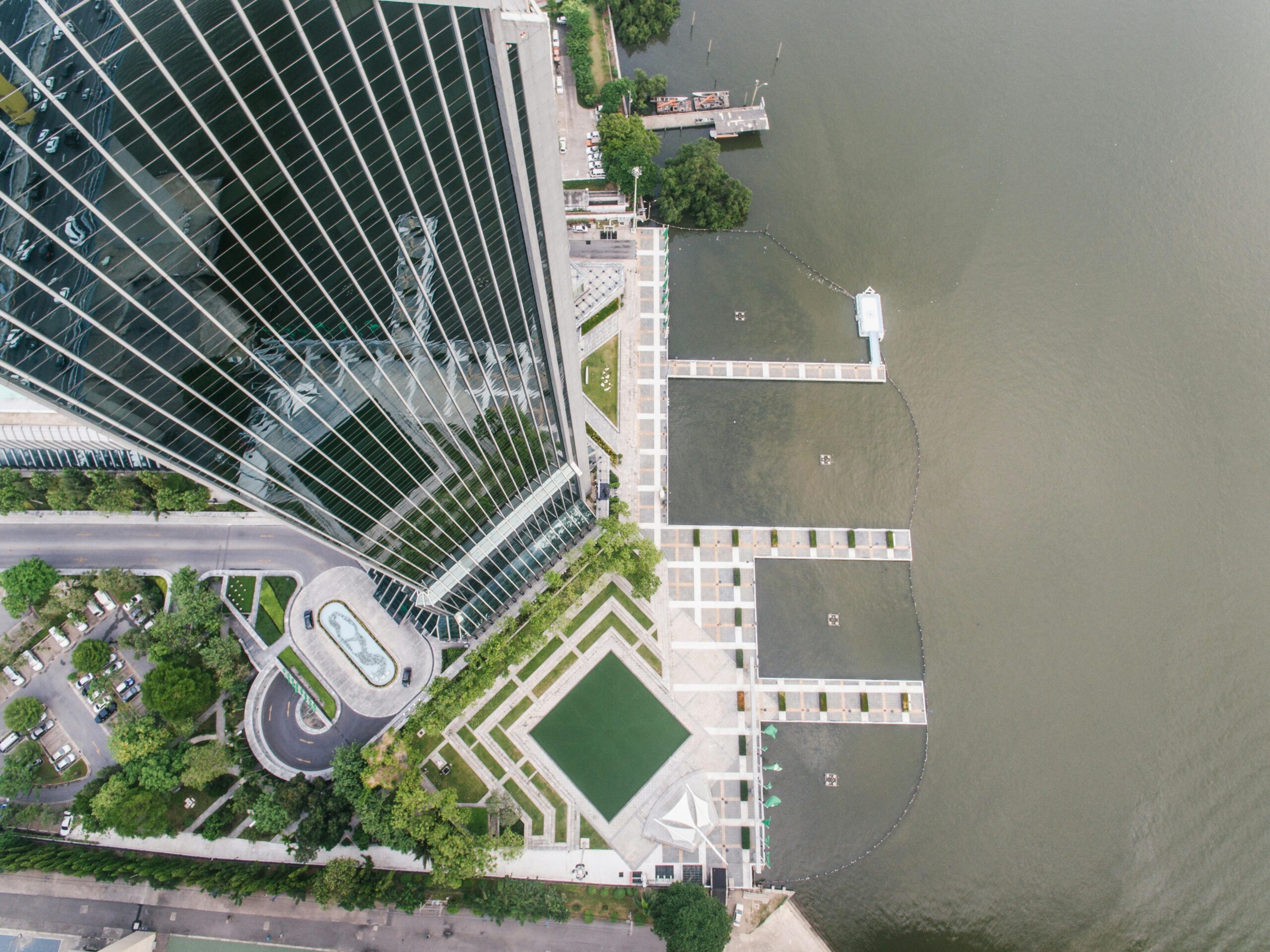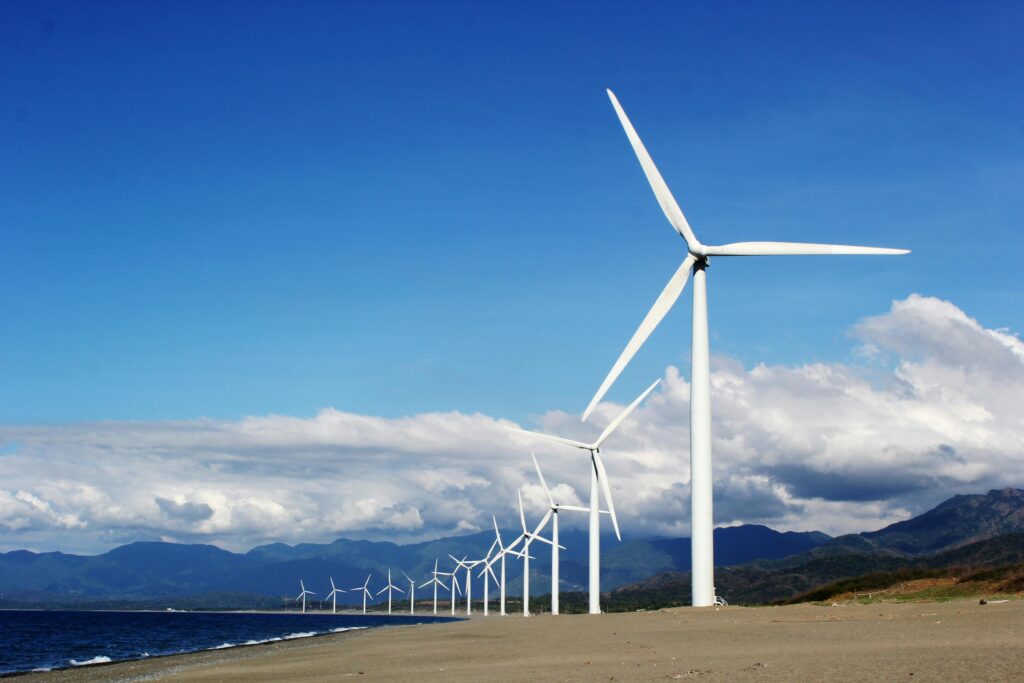Our Thinking
Our Thinking reflects our innovative approach to tackling challenges, delivering sustainable solutions, and driving progress across Africa through strategic insights and creative problem-solving.
Innovative Ideas Driving Sustainable Progress
Development in the context of the built and natural environment refers to the process of altering, improving, or constructing spaces to meet human needs while considering ecological sustainability. Here are key aspects of this concept:

Built Environment
This encompasses all human-made structures, including buildings, roads, bridges, and public spaces. Development here involves urban planning, architecture, infrastructure development, and the integration of technology. The goal is to create functional, aesthetically pleasing, and sustainable spaces that enhance quality of life.
Natural Environment
Development also pertains to the interaction between human activities and natural ecosystems. This includes land use planning, resource management, and conservation efforts. The aim is to balance development with environmental protection, ensuring that natural habitats are preserved while accommodating human growth.


Sustainability
A critical aspect of development is sustainability, which seeks to minimize negative impacts on the environment and promote long-term ecological health. This involves using resources efficiently, reducing waste, and incorporating green practices in both the built and natural
environments.

Community and Social Impact
Development should consider the social implications, including community needs, cultural values, and social equity. Engaging local communities in the development process can lead to more inclusive and effective outcomes.

Economic Factors
Development often drives economic growth, creating jobs and increasing property values. However, it must also address potential
economic disparities and ensure that benefits are shared equitably among different communities.
Overall, development as it relates to the built and natural environment aims to create spaces that are functional, sustainable, and beneficial for both people and the planet.